Lut Desert: The Hottest Place on Earth
Lut Desert, located in southeastern Iran, is known for its extreme heat and holds the reputation as the hottest place on earth.
With temperatures that can soar up to 159 degrees Fahrenheit (70 degrees Celsius), it is a challenging environment for any living organism to survive in. Despite this, the desert is home to a wide variety of flora, fauna, and human settlements that have adapted to its harsh conditions.
Dashte Lut, The World's Hottest Place
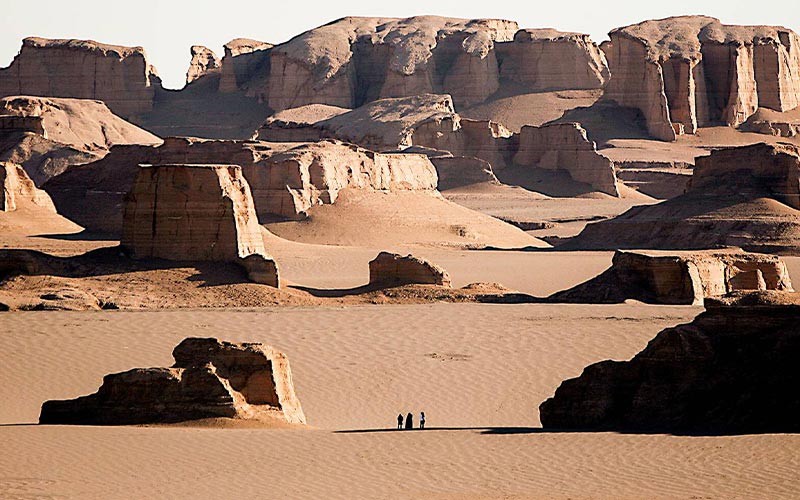
Understanding extreme environments like Lut Desert is important not only for scientific research but also for our awareness of the impact of climate change on life on earth. As global temperatures continue to rise, it is crucial to study the effects of such environments on ecosystems and the survival strategies of organisms within them.
In this blog, we will delve into the location and climate of Lut Desert, its record-breaking temperatures, why the Lut desert has the highest temperature in the world, life within the desert, the importance of the Lut desert, tourism and exploration opportunities, and the broader significance of studying extreme environments.
| Discover: Iran's Wildlife | A Nature Lover's Guide + Pics
Location And Climate Of The Hottest Place On Earth

Lut Desert is situated in the southeastern region of Iran, covering an area of about 166,000 square kilometers. It is bounded by the Hormuz Strait to the south, the Baluchistan province of Pakistan to the east, the Kerman province to the west, and the Dasht-e Kavir Desert to the north.
The desert's climate is characterized by extreme heat, little to no rainfall, and low humidity. Daytime temperatures can exceed 50°C (122°F), while nighttime temperatures can drop to below freezing. Rainfall is scarce, averaging less than 50 millimeters per year, and humidity can drop to as low as 10 percent. These conditions make Lut Desert one of the driest places on earth.
Compared to other hot deserts in the world, such as the Sahara in North Africa and the Arabian Desert in the Middle East, Lut Desert is known for its unique geological formations, including sand dunes, salt flats, and volcanic cones. It is also home to the Kaluts, a series of rocky formations that are thought to be the tallest and most impressive sand dunes in the world. These features, coupled with its extreme heat, make Lut Desert a popular destination for tourists and researchers alike.
The Record-Breaking Temperatures Of Lut Desert
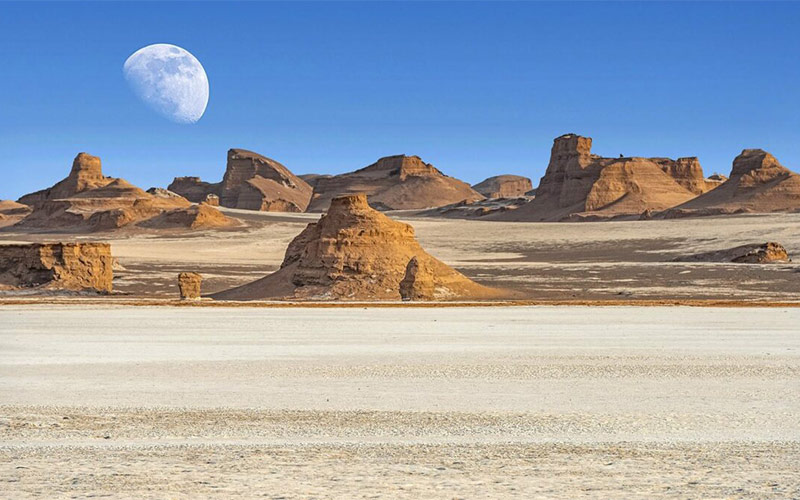
Lut Desert is known for its record-breaking temperatures, with a high of 70.7°C (159.3°F) recorded in 2005, making it the hottest place on earth. This temperature was measured by satellite and has been confirmed by several weather stations in the area.
Compared to other places that claim to be the hottest or warmest in the world, Lut Desert's temperature records are significantly higher. For example, Death Valley in California, USA, which is often cited as the hottest place on earth, has recorded a maximum temperature of 56.7°C (134°F), which is almost 14 degrees Celsius lower than Lut Desert's record.
The extreme temperatures in Lut Desert can be attributed to several factors, including its topography, solar radiation, and atmospheric conditions. The desert's low elevation, flat terrain, and lack of vegetation contribute to its ability to absorb and retain heat from the sun. In addition, the surrounding mountains trap hot air in the desert, further contributing to its extreme temperatures.
Solar radiation is also a significant factor in the high temperatures of Lut Desert. The area receives intense radiation from the sun due to its location near the equator and its lack of cloud cover. This causes the surface temperature of the desert to increase significantly during the day, contributing to its overall extreme heat.
Atmospheric conditions, such as the lack of moisture and clouds, also play a role in the desert's high temperatures. Without moisture or cloud cover to reflect or absorb solar radiation, the heat is absorbed by the desert's surface and trapped there, causing temperatures to rise even higher.
Lut Desert's extreme temperatures are a result of a combination of factors, including its topography, solar radiation, and atmospheric conditions. Its record-breaking temperatures make it a unique and challenging environment for life to thrive in.
| Suggestion: Persian Garden | A Piece of Paradise in Iran
Life In Lut Desert, The Warmest Place On Earth
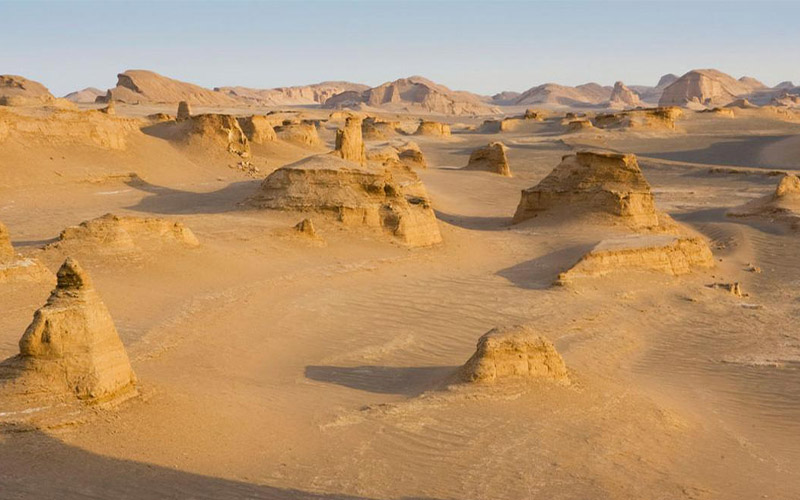
Despite its extreme temperatures, Lut Desert is home to a diverse array of flora, fauna, and human settlements that have adapted to its harsh conditions. These organisms have developed unique strategies to survive and thrive in the challenging environment of Lut Desert.
One of the most significant challenges for life in Lut Desert is the lack of water. The desert's aridity and extreme temperatures make water scarce, which can be a limiting factor for plant and animal life. However, some organisms have developed adaptations that allow them to survive in these conditions. For example, many plant species in the desert have developed deep root systems that can tap into underground water sources. Other plant species have evolved to reduce their water loss by having small leaves or spines instead of large leaves.
Similarly, many animal species in the desert have developed adaptations that help them conserve water. For example, some rodents and reptiles are able to obtain all of the water they need from their food, while others have developed mechanisms to store water in their bodies for long periods of time.
Human settlements in Lut Desert have also developed strategies to survive in the extreme conditions. Traditional desert architecture, such as the dome-shaped buildings found in many desert towns, helps to regulate temperature and conserve energy. In addition, many settlements have developed agricultural techniques, such as qanats, which are underground tunnels that bring water from nearby mountains to irrigate crops.
Despite these adaptations, climate change poses a significant threat to the ecosystems of Lut Desert. Rising temperatures and changing rainfall patterns could have a significant impact on plant and animal life, potentially causing extinctions or range shifts. In addition, the impact of human activities, such as overgrazing and the development of infrastructure, could further exacerbate the effects of climate change.
Lut Desert is home to a wide variety of flora, fauna, and human settlements that have adapted to its extreme conditions. However, the impact of climate change poses a significant threat to the survival of these organisms, highlighting the need for continued research and conservation efforts in this unique and fragile ecosystem.
Tourism And Exploration Of Lut Desert
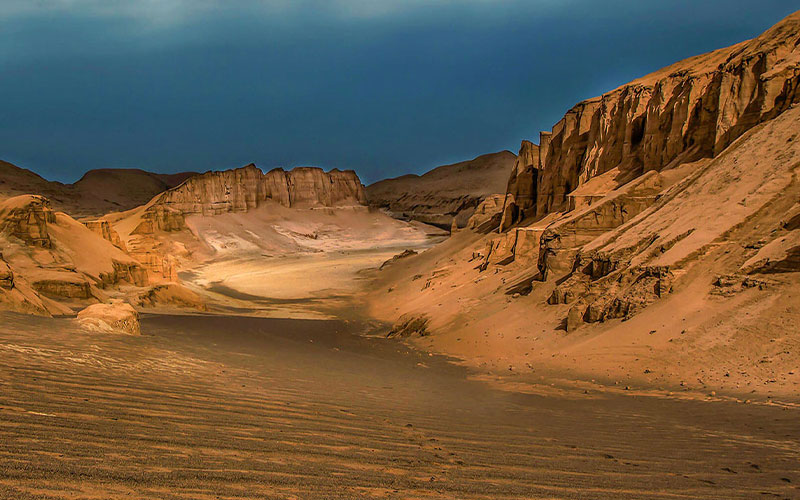
Despite its extreme temperatures, Lut Desert has become an increasingly popular destination for tourists and adventurers seeking to explore its unique features and geological formations. One of the most popular activities for visitors to Lut Desert is hiking. The desert's rugged terrain and otherworldly landscapes offer a unique and challenging experience for hikers. Some of the most popular hiking routes in the desert include the Rig-e Jenn and Rig-e Yalan sand dunes, as well as the Kalouts rock formations.
Camping is another popular activity for visitors to Lut Desert. The desert's clear skies and lack of light pollution make it an ideal location for stargazing, and many tourists come to the desert to experience the night sky in all its glory.
However, traveling in Lut Desert's harsh environment requires taking some precautions and safety measures. Temperatures can reach dangerous levels, especially during the summer months, so it is essential to bring plenty of water and to avoid traveling during the hottest parts of the day. In addition, the desert's rugged terrain and lack of infrastructure mean that it is important to travel with a knowledgeable guide who is familiar with the area.
Scientific research and exploration of Lut Desert's unique features and geological formations have also increased in recent years. The desert's extreme conditions make it an ideal location for studying the limits of life on Earth, and researchers have discovered a number of previously unknown species of plants and animals in the desert's remote regions.
In addition, Lut Desert's unique geological formations, including its sand dunes and rock formations, have attracted the attention of geologists and other scientists. The desert's unique geological features offer insights into the planet's history and the processes that have shaped the Earth over millions of years.
Lut Desert offers a unique and challenging destination for tourists and adventurers seeking to explore its otherworldly landscapes and geological formations. However, visitors must take precautions and safety measures when traveling in the harsh environment, and continued scientific research and exploration is essential for understanding and protecting this unique ecosystem.
Why Is The Lut Desert Important?
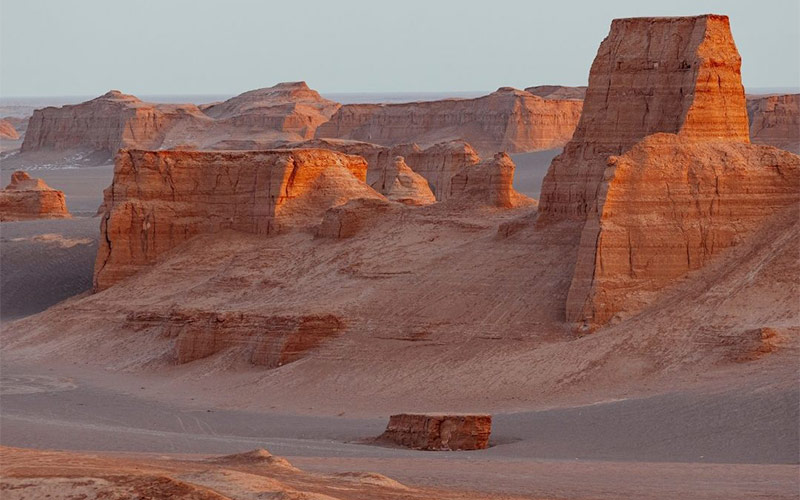
Lut Desert is not only one of the hottest place on earth but also a site of cultural and archaeological significance. In 2016, the Shahr-e Sukhte, an ancient city that once flourished in the Bronze Age, was added to UNESCO's World Heritage List, recognizing the site's outstanding universal value and importance to human history.
The Shahr-e Sukhte, meaning "burnt city" in Persian, was discovered in the 1960s and excavated over several decades. The city, believed to have been inhabited from around 3200 BCE to 1800 BCE, was a center of trade and commerce, with evidence of copper smelting, textile production, and sophisticated urban planning. The city's location along the ancient Silk Road, a network of trade routes that connected the East and West, made it a hub for cultural exchange and cross-cultural influences.
The inclusion of Shahr-e Sukhte in the UNESCO World Heritage List highlights the importance of Lut Desert not only as a site of geological significance but also as a site of cultural and historical value. It underscores the interconnectedness of human civilization and the environment and emphasizes the need to preserve and protect these valuable resources for future generations.
Lut Desert's recognition as a UNESCO World Heritage Site for the Shahr-e Sukhte archaeological site highlights the region's rich cultural and historical significance. The desert is not only a site of geological extremes but also an important cultural and archaeological destination for visitors from all over the world.
Main Conclusion
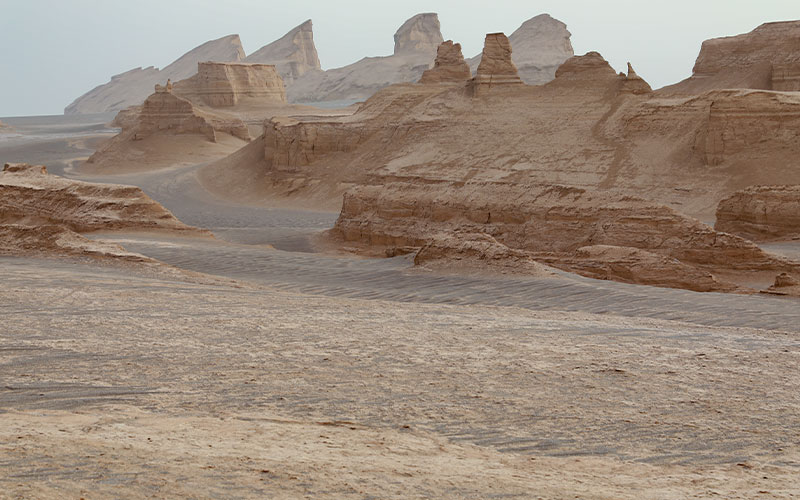
Lut Desert, the hottest place in the world, is undoubtedly one of the most extreme and challenging environments on Earth, and its reputation as the hottest place on earth has captured the imaginations of scientists, adventurers, and tourists alike. Understanding the unique features and challenges of this environment is not only important for its scientific and ecological significance, but also for its cultural and historical relevance.
As we continue to face the challenges of climate change and the depletion of natural resources, it is increasingly important to recognize the value and vulnerability of extreme environments like Lut Desert. Responsible stewardship of these environments and their resources is essential for ensuring their preservation and sustainability for future generations. Lut Desert serves as a reminder of the resilience and adaptability of life on Earth, and the importance of understanding and respecting the limits of our planet's resources. It is up to us to take responsibility for the protection and preservation of these unique environments, and to ensure that they continue to inspire and challenge us for generations to come.
Lut Desert offers a unique and rewarding destination for adventurous travelers seeking to explore its otherworldly landscapes and natural wonders. From hiking and camping to stargazing and wildlife spotting, there are a number of tourist attractions that make Lut Desert a must-see destination for anyone seeking to experience the wonders of our planet's most extreme environments.


Comment
Leave a Comment